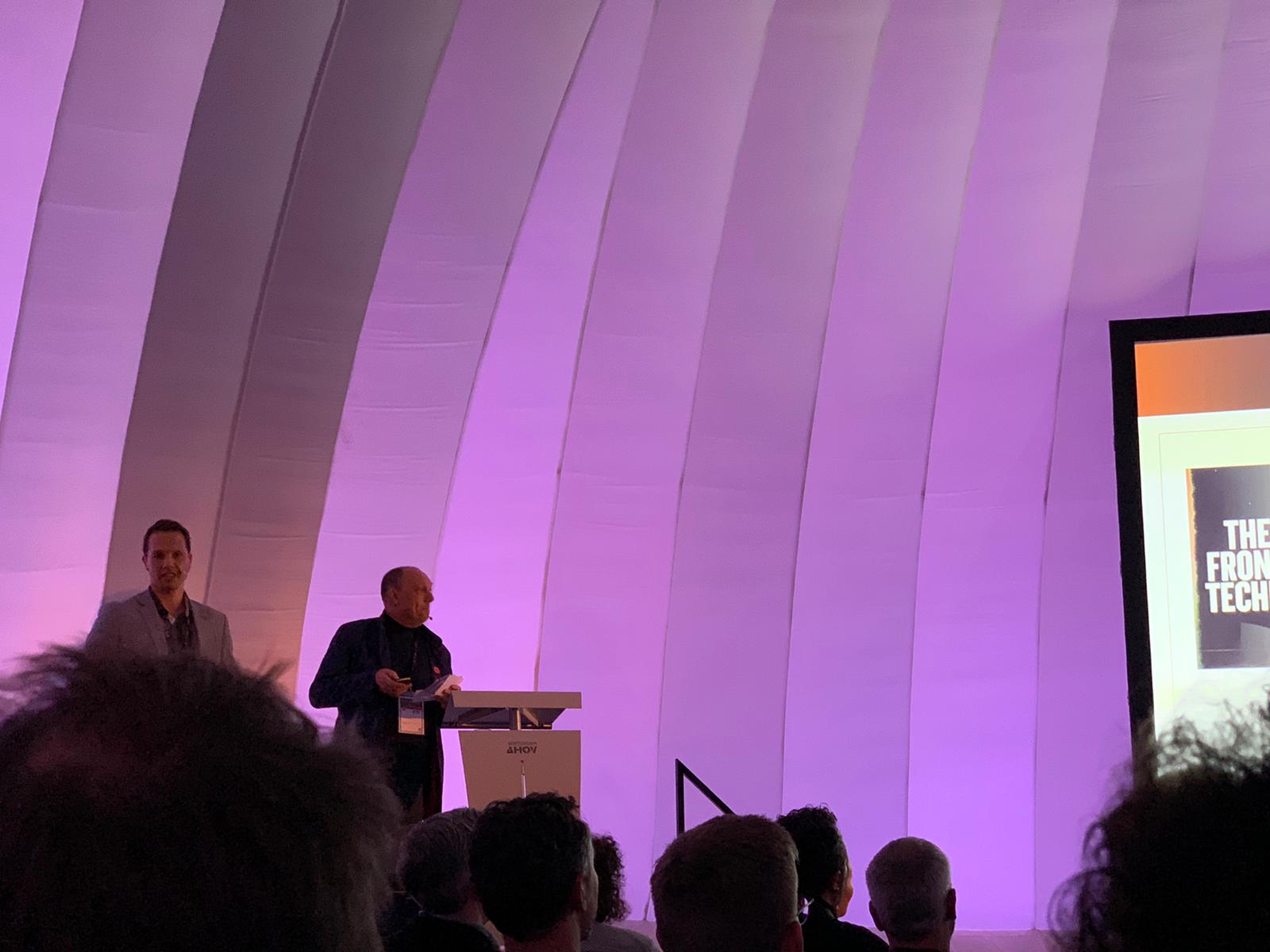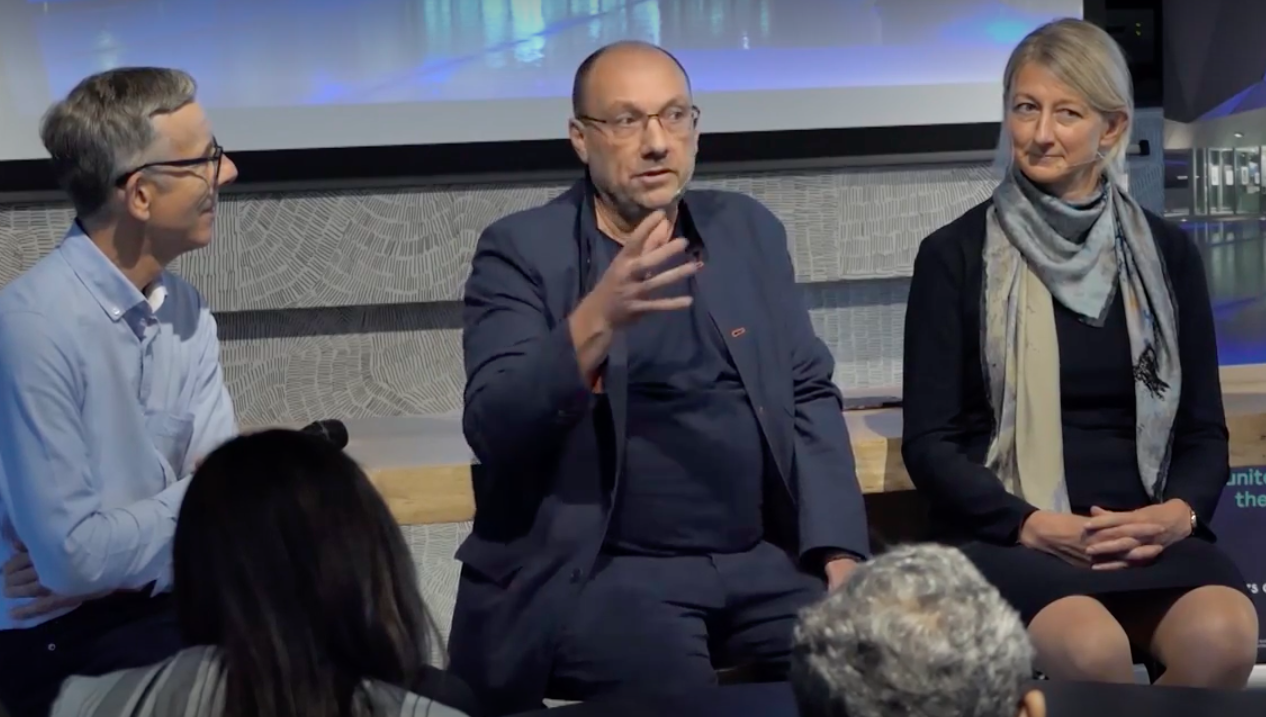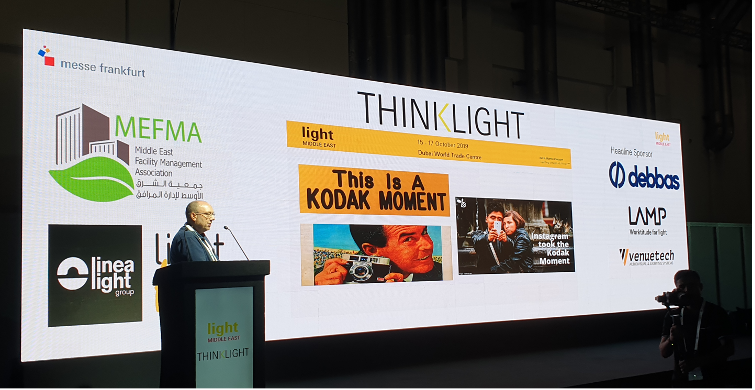LDOT News
A guide on how lighting can embrace IoT.
By Ingmar Klaasen19/08/2022

We have a need in today’s modern world for everything to be connected- this includes our lighting. This new world of data driven lighting is having a big impact on lighting design. Martin and Ingmar speak at PLDC 2019 about how cross-industry partnerships will be crucial for the lighting design industry to help integrate the IoT into architectural lighting design …
Speaking at the PLDC Exhibition at Rotterdam Ahoy, Martin Klaasen, CEO & Founder of Lighting Design of Things, and his son Ingmar Klaasen, Co-founder of Lighting Design of Things, discuss the convergence of the Internet of Things (IoT) and architectural lighting design.
Martin and Ingmar begin by discussing how the world of IoT is a vast and confusing one. They state: “We are dealing with rapid changes in technology and the increasing interconnectivity of our devices. With the emergence of smart buildings and smart technology, understanding and keeping up with the evolving infrastructure can be hard to navigate. Anyone, any business, any network, anywhere, anytime, any device. We believe this will have a big impact on the way our lighting design services will be delivered.”
They further explain that the new world of data analytics is having a big impact on lighting design. Architecture, data analytics and lighting are converging into one platform. Cross-industry partnerships will be crucial for the lighting design industry to help integrate the IoT into architectural lighting design. Consumer demand is looking at the importance of pursuing sustainable development to create maintainable businesses and strategies.
Examples of these changes to the lighting industry include projects incorporating the as-a-service-model, including Schiphol Airport, Amsterdam, with the airport on a 15 year lease for lighting installation, managed by Philips. There are also instances of blockchain technology being integrated into lighting projects around the world, to allow potentially millions of energy devices to transact with each other at the electric power distribution edge, improving efficiency and transparency.
Martin and Ingmar also detailed the ways in which the IoT can disrupt architectural lighting design in the future. Artificial Intelligence will advance to create IoT-ready light fixtures capable to meet the needs of the user by applying context and filtering through multiple layers of information to deliver a personal, specific curated outcome. IoT enabled lighting fixtures form part of the overall data collection and data analytics platform and hence demand the same level of security the GDPR requires.
Data-driven lighting will be more dynamic and automated, responding to the need to optimise resources and space usage, adapting to occasions and becoming personalised for individuals. Smart-enabled lighting of the future could have voice-commands built into the light fitting without having to go through a wireless speaker.
Martin explains the main impacts this will have for the lighting industry: “The main issue with rolling out IoT and data infrastructures is that sensors need to be powered, they need a housing, an identifiable location; not to mention they also need to be somehow integrated with an interconnected platform. Lighting points are already powered, available everywhere in buildings with the potential to be optimised as a digital hub. That makes lighting the ideal host: it is the only existing infrastructure present everywhere that already has what is needed for data fabrics. Hence it is not necessary to run another infrastructure parallel to that, it’s already all there.”
He warns that the lighting industry is at risk of reaching a ‘Kodak moment’, referring to how Kodak was too slow to recognise the camera market’s rapid switch to digital technology. He compares this to a modern innovation, the mobile phone – mobile phones were originally just for calling and texting, yet today that is a very small part of what a phone can do, the functionality completely shifted.
Martin explains how their new venture, The Lighting Design of Things, relates to this issue: “The same is happening with lighting. Do we really want to be told what to do with the lighting from outside the industry? We believe it is critical that lighting designers keep in control. Lighting points still have the key critical task of providing proper illumination, creating mood, ambiances and adequate lighting for comfort, safety and security while having to comply with lighting standards and building codes. Only an experienced lighting designer can fulfil that role, hence the proposed role of the ‘lighting-designer-of-things’ to manage and facilitate the integration of IoT features and data infrastructures into the overall lighting design approach. We have the opportunity to pioneer this. Why not marry practical and scalable smart building solutions with world-class lighting design?”
Martin and Ingmar believe that defining an active role for lighting designers in this changing world will be critical for the profession’s survival, stating: “We believe it will bring back the lighting designer at the centre of the design and architectural integration process. We have set up Lighting Design of Things to deal with this. Some barriers to entry for lighting designers doing this could include lack of time, lack of resources to put into researching all this, lack of knowledge of what to do and who to partner with. This requires a brand-new attitude and expertise for lighting designers as they will need to understand what can potentially be offered and integrated as part of any lighting design and system selection.”
The Lighting Design of Things has put together the Menu of Things, a specially designed tool to help clients understand what is possible within the realm of technology, including forethought for future scalability, helping clients narrow down their data and IoT requirements and aid in decision-making.
Latest News

Speaking at the Pioneers of Light in Amsterdam, Martin Klaasen, CEO...
By Ingmar Klaasen
19/08/2022
Read Story

Lighting is always evolving. Reflecting back on when the LED was fi...
By Ingmar Klaasen
19/08/2022
Read Story